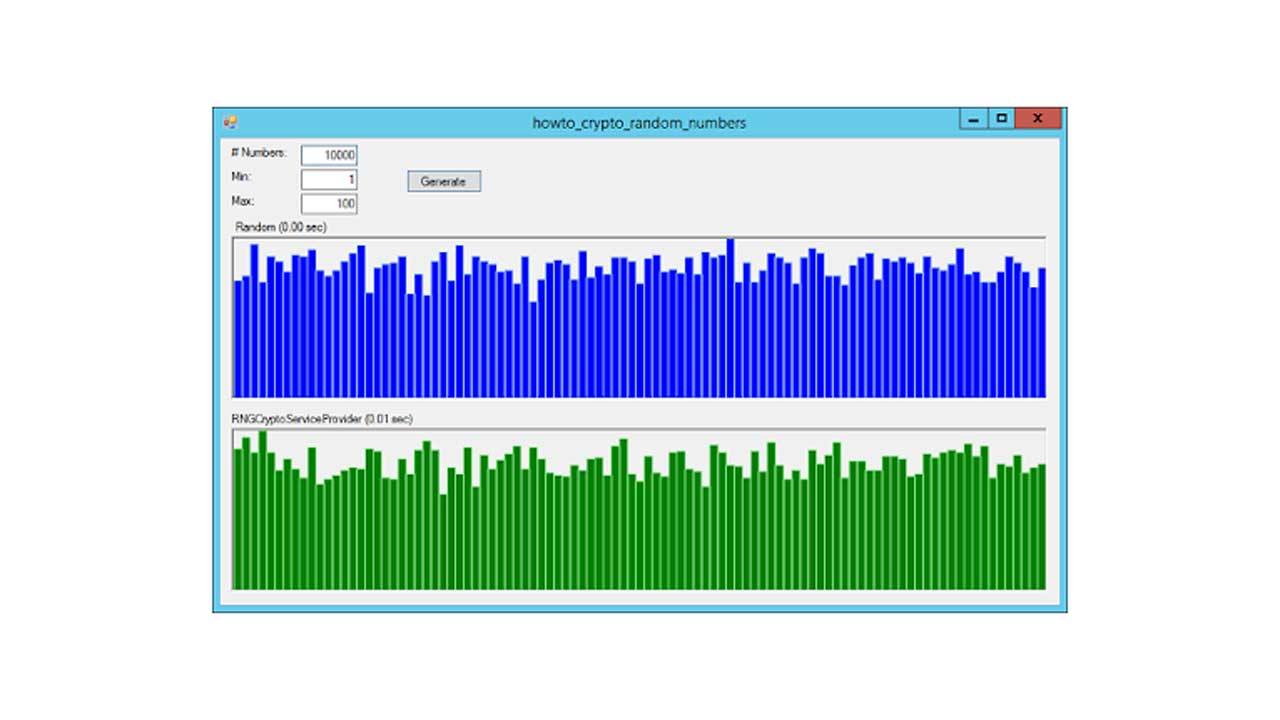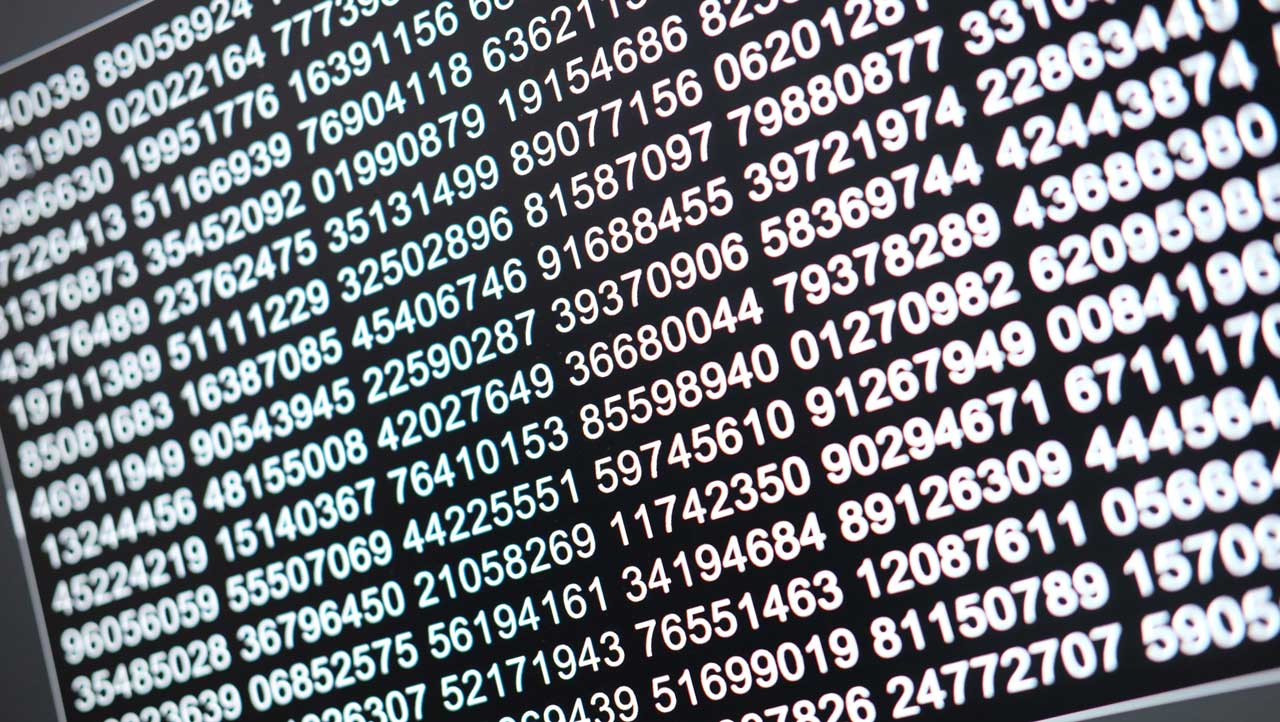There are some ideas that are incredibly simple to understand, but exceptionally difficult to execute and random number generators, or from this point on RNGs, are one of those things. With thousands of real-world applications, you’ll encounter something that uses RNG technology almost daily, but won’t stop to think twice about it. If you’re curious about where you might encounter them and how they work, then you’re in the right place.
What is an RNG?
A random number generator is a piece of hardware or an algorithm that generates a number from a set, or unlimited distribution. That is to you and me, a program that gives a number from either a set quantity of numbers, or from infinite possibilities. There are two distinct types of RNG which is where this gets a little more confusing. This site provides an example of the most common type of RNG, one that provides a seemingly random output, but from a set number of outcomes. We’ll go into detail about how both types work next.
TRNGs and PRNGs, What’s The Difference?
The two different types are called True RNGs and Pseudo RNGS, TRNG and PRNG for short. The type shown above is a PRNG, meaning that it doesn’t give a truly random output, but pretty damn close. PRNGs work by selecting an output from a defined number of options, this could be thousands or hundreds of thousands of numbers, but usually it is determined by an algorithm. These algorithms take an input, run it through a number of processes and provide an output. The input is known as the ‘seed’ and is a number selected from a predetermined set of data. This seed data is then processed. In the case of the linear congruential generator, the seed is multiplied by the multiplier, an increment is added, then the whole thing is multiplied by the modulus within a set limit and the output is found. The equation looks like this (seed * multiplier + increment) mod m = output. For most applications this level of randomness is more than sufficient and it is possible to run using a small amount of memory and data, but it is not in fact truly random. After a while, a long while, a PRNG will start to repeat itself and it is possible to find patterns, eventually it would even be possible to work out the formula.
A TRNG is a number generator that is capable of producing truly random numbers. These are very scarcely used because the information needed to generate these numbers is huge. The input for a TRNG is generally something as close to random as possible, for example quantitative data about weather, or the number of microseconds someone presses a mouse key for. The closest to true randomness has been found to be measuring the decay of a radioactive atom, the most random thing that science has found yet. Obviously, these data sets are enormous, meaning a huge amount of energy has to be used to power the machines that create these numbers. So, what applications are there for each of these methods of random number generation?
Applications in Entertainment
One of the most common uses of PRNGs is in the entertainment industry. Any game that relies on a random outcome will utilise one of these algorithms. Slot machines and online slots games are the type that most commonly use them. Vegas Slots Online has a huge catalogue of online slots that all use RNGs to ensure that every game you play is totally fair. The RNG is used to determine where the reels will stop spinning, and thus whether a prize will be won. If you want to see this application in use then you don’t even need to spend any money, you can play one of their free slot games and see an RNG in action. As well as slots, other casino games like Roulette use RNGs to determine where the wheel will land. Ensuring fairness is one of the most straightforward but important applications for this kind of technology.
RNGs in Cryptocurrency
Cryptocurrency seems to forever be in the news at the moment and interestingly enough it’s one of the RNG’s most important applications. The beginning of the word cryptocurrency, is crypto, literally meaning secret. We see it in cryptography and encryption, both terms used to denote the encoding of things so that they are incredibly difficult to solve, maybe even impossible.

TRNGs are used in cryptocurrencies to ensure that the blockchain is totally safe. When you hear about people mining bitcoins, they are solving increasingly complex mathematical problems, each one building up a new layer of the blockchain. The more layers the blockchain has, the closer to impossible it becomes to crack. The only downside to this is, the larger and more complex it becomes, the more energy must be expended to mine new currency.
